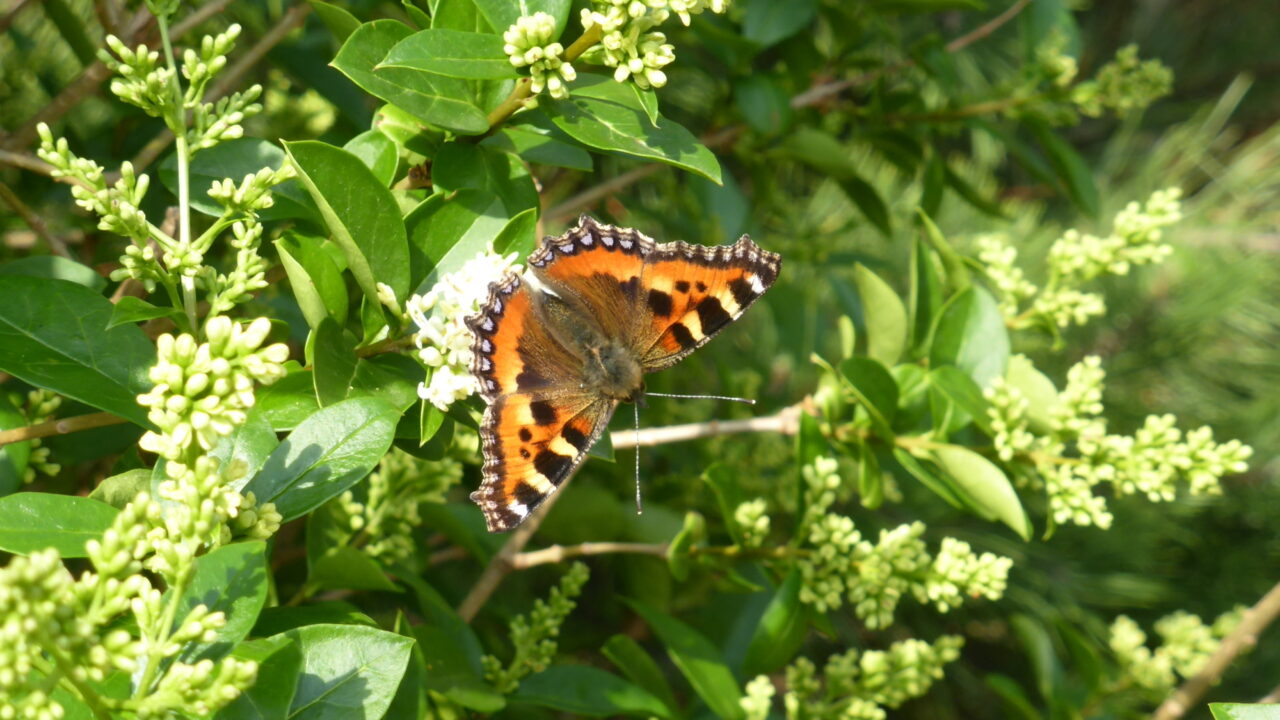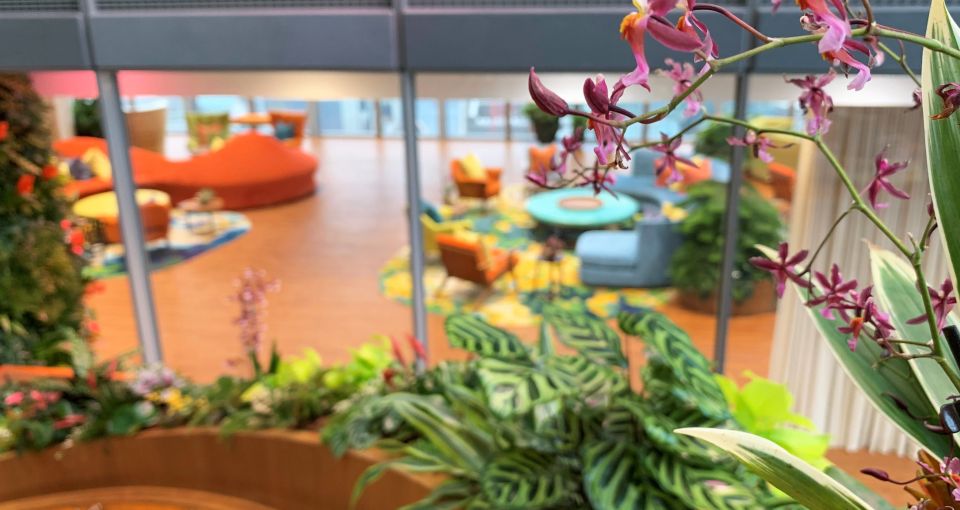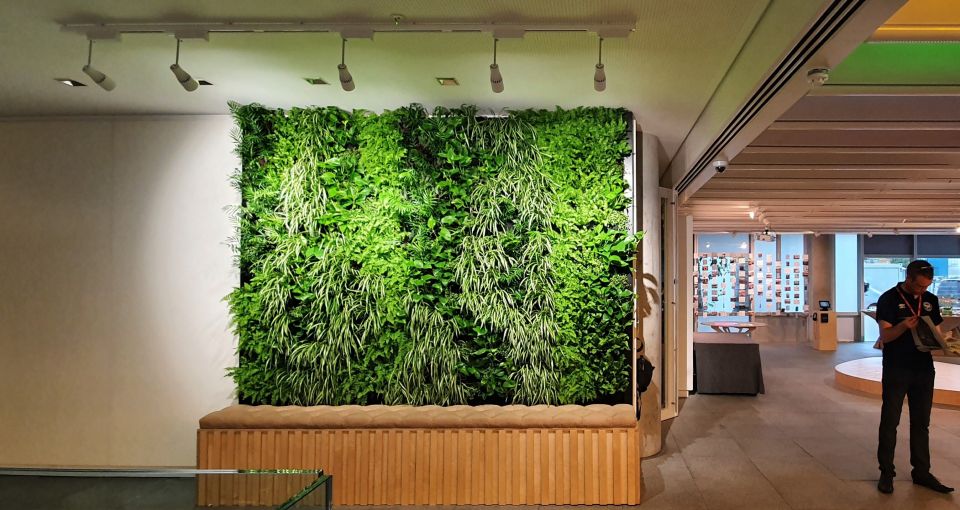Everything You Need to Know About Biodiversity Offsetting for Your Development Project
What is Biodiversity Offsetting?
Biodiversity offsetting is a tool for mitigating the impact of your development on ecosystems by enabling an improvement of biodiversity on other land with the goal of achieving at least ‘no net loss’ or preferably, ‘net gain’. It is available to developers to fulfil obligations under the planning system’s mitigation hierarchy, see table below. Biodiversity offsets should only be used to mitigate residual impacts which have not been possible to avoid, minimise, or restore through site selection and design.
Table 1. Three stage of the mitigation hierarchy.

Biodiversity offsetting can come in the form of creation, restoration or enhancement of habitats. Offsets must consist of measurable conservation gains deliberately implemented to balance out biodiversity losses.
How is it Measured?
The most widely used metric for biodiversity offsetting in the UK is the Defra Biodiversity Offset metric which quantifies the value of habitats on the basis of three criteria: the distinctiveness of the habitat (assessed as low, medium or high), the quality of the habitat (assessed as poor, moderate or good) and the area of the habitat in hectares.

How do I Offset?
In the UK, developers have the option of providing an offset themselves or commissioning someone to do it for them.
You will need to map out the habitats impacted by your development and their distinctiveness. For habitats of high distinctiveness, and specific cases such as hedgerows, you will need to re-create the same type of habitat as the one lost.
Creating the offset can come in many forms depending on the scale of your development and the habitat type. An innovative approach with emerging evidence of biodiversity is the installation of micro forests. These are miniature forests that grow up to 10 times faster and become 30 times denser and 100 times more biodiverse than those planted by conventional methods. However, since this is a relatively new approach, we always recommend liaising with local authorities before making conclusive decisions.

In some cases, conservation activity carried out on the development site itself can reduce the amount of compensation needed off-site. ‘On-site offsetting’ still needs to be consistent with the local authorities’ offsetting strategy, and deliver additional benefit. New installations such as living walls, living pillars and on-site micro forests can contribute significantly to reducing the need for off-site compensation.

Integration of green space and biodiversity into a development also delivers broader social and environmental value by helping to reduce the urban heat island effect, contributing to flood prevention and improving public health, combating air pollution, reducing anti-social behaviour and much more.
For developers that do not wish to create their own projects, offset providers can be identified by speaking to your local planning authority, Natural England or existing contacts with local wildlife organisations and landowners.
If you choose to pay someone else to deliver the offset, what you will be purchasing are the units of biodiversity benefit, the cost is calculated by the offset provider on a case by case basis. Remember that whether an offset proposal is acceptable or not as a means of delivering required compensation is ultimately for the local planning authority to determine.
Ensuring Success
A successful offsetting project, whether on-site, off-site or a combination of both is reliant on a strategic approach to sustainable development and a well-developed management structure and maintenance programme to ensure that the objectives of the offset are achieved. It’s important to have a good understanding of the site and its local ecology. By engaging with the local planning authority on biodiversity at all stages of the development you will ensure that the offset decisions are aligned with local strategies.
Lastly, it’s important to highlight that long-term sustainable management plans are essential. Contracts and strategies for on-going maintenance of both on-site projects such as green walls and pillars as well as large off-site conservation areas need to be factored into the budget decisions and put in place to ensure the offset is able to deliver long-term sustainability.
At Scotscape, we work in conjunction with the biodiversity and sustainability team at UEL to follow a biodiversity net-gain approach that ensures nature-based solutions are healthy, functioning, and resilient components of wider ecological networks.
If you require help and advice in achieving biodiversity net gain or biodiversity offsetting for your development or project, do get in touch!
Useful Links
© Copyright 2024 Scotscape Group Limited. All rights reserverd. Cookie Settings


